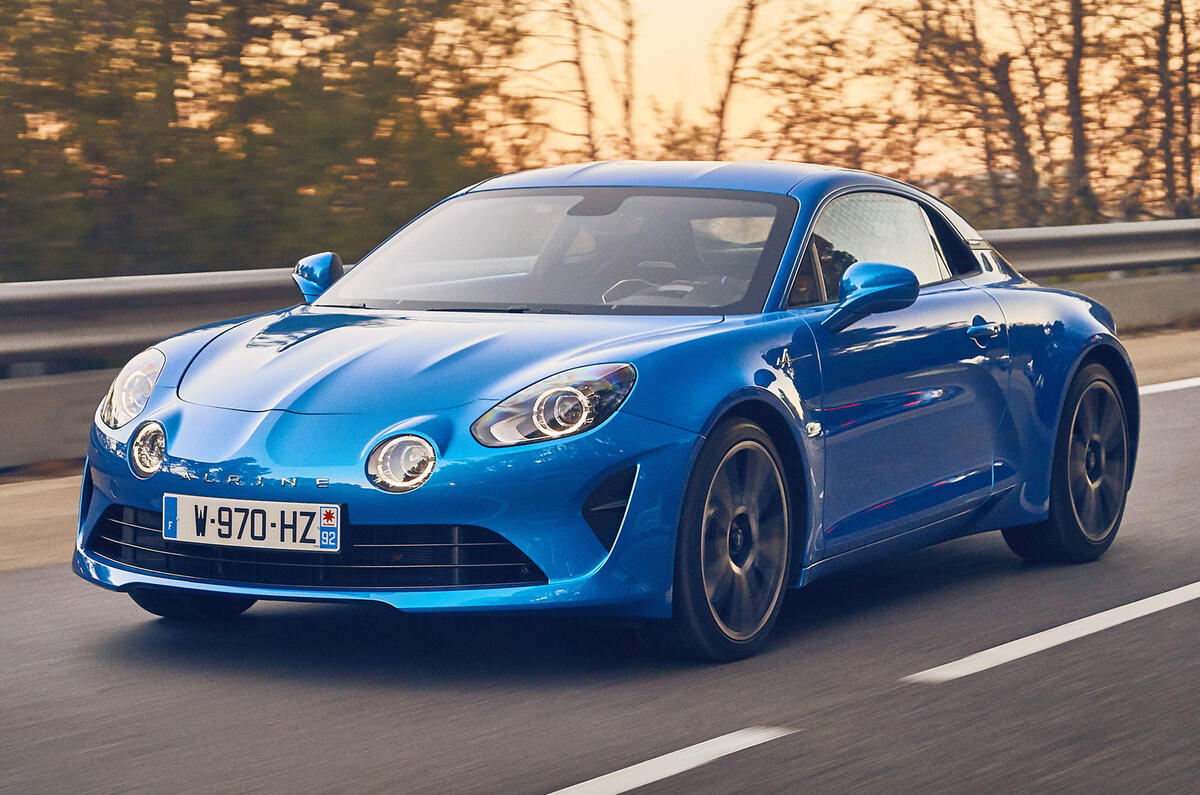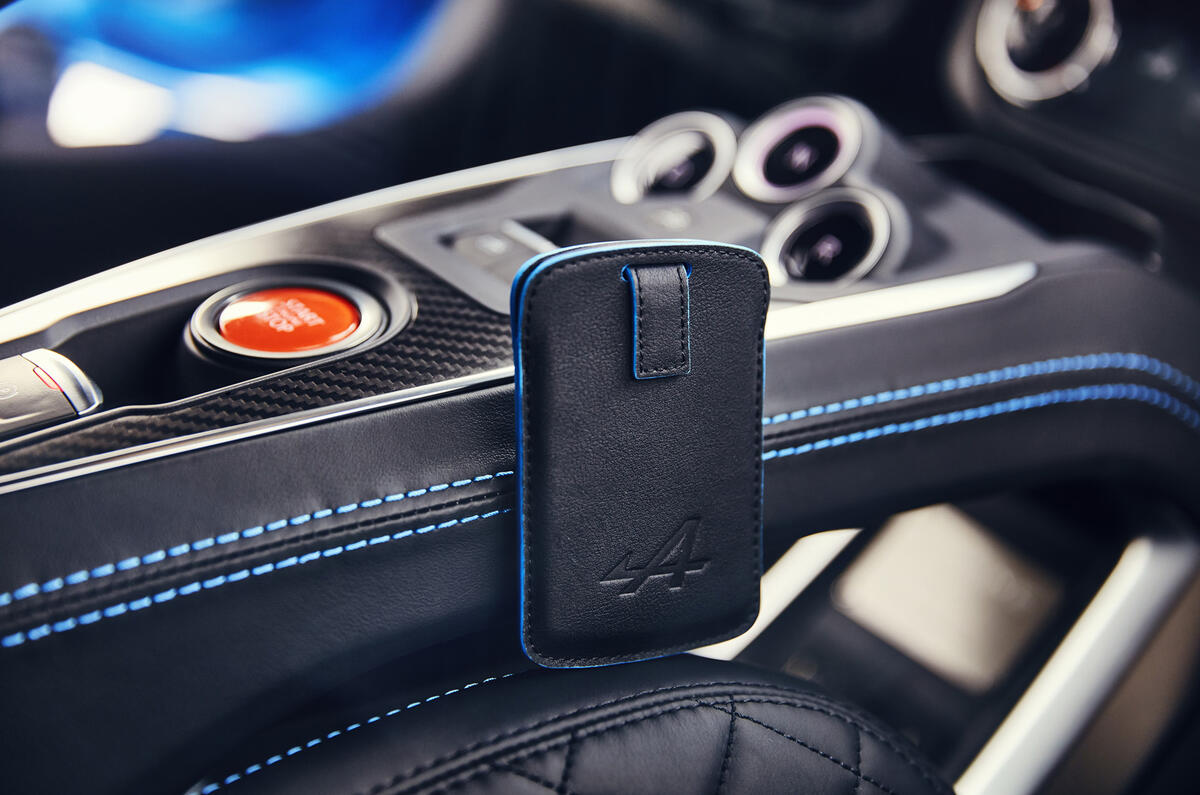What is it?
Spoiler alert: the Alpine A110 is the best and most exciting car I’ve driven in ages. It is all kind of good things, this compact marvel, as refreshing and cheering to drive as a nearly-great car which has had its unfulfilled wishes granted without compromise.
It’s as joyful as finding a Toyota GT86 has been given the power it always wanted, or the latest Mazda MX-5 with seats in the right place and greater roll control. It is like an Ariel Nomad without hypothermia, a Smart Roadster Coupe with a terrific gearbox, a Lotus Exige with lighter steering, a Porsche 964 RS with driveline refinement or an original Honda NSX with repairable panels. Imagine those ‘I love that car but…’ moments, only with the qualifier removed. That’s how well Alpine has absolutely nailed this car.
Am I overegging it? I could be, but I hope not. The new Alpine A110 is quite something, even of itself, but it could be the start of something much, much bigger again, too.
What you’re seeing is the rebirth of a classic French brand, established in 1955 but which met its end under Renault ownership in 1995, presumed gone forever. But now Renault has brought it back, first with this small two-seat coupe, but its bosses name-check Mini when they’re talking about its future.
Not that they’re inclined to say much yet about that future, which will presumably involve some faster and less roofy variants. “We have decided to be undecided,” says Alpine boss Michael van der Sande, with the air of mystery of a man who has decided precisely. You suspect, then, that this is the start of something – a premium brand from the Renault-Nissan Alliance that, unlike Infiniti, might actually gain traction in Europe.
How could it not be something else? Surely it's too expensive to justify otherwise. The Alpeen-a-one-ten isn’t a platform-sharing special. It has a brand-new all-aluminium architecture, will be sold through specialist Alpine dealerships and requires the refurbishment of a good portion of Renault’s Dieppe factory, in Alpine’s home city, where Renault Sport Clios are still made and where the Renault Spyder and the Mk2 Clio V6 were produced. It’s an area that still thinks so wistfully about Alpines that local government has put money into completing the factory. Suppliers are to be found there, too; the location isn't just good for nostalgia, it’s good for business.
You might remember, too, that Caterham was involved in this for a while – from the project’s announcement in 2012 until Caterham pulled out with little explanation in 2014.
The Alpine and Caterham derivatives of this architecture were to have the same glass area but relatively different bodies, but the Alpine has matured since Caterham upped and left. Caterham’s variant would have been even emptier inside and lighter still, but even so, the Alpine A110 tips the scales at just 1080kg, even with all of its fluids aboard. This Première Édition specification, which comprises the first 1955 cars built and which will take the first eight months of next year to build, weighs only 1103kg.



































































Join the debate
Add your comment
I adore this car! It looks
I adore this car! It looks stunning, and it is great to hear that it is good to drive. I don't care that it doesn't have a manual. I don't care that it hasn't got the fanciest of interiors. It just looks like a fun and classy car.
Whaddya mean, no manual?
A car aimed squarely at enthusiasts with no manual option? Porsche do, and will continue to do, a manual on their 718, and at a lot less money. You say, because they ran out of money. Really??? So, presumably, there was money for a DCT auto? That's like saying, we had money for caviar, but not for a cheese and pickle sandwich.
VFM
Just because the manual gearbox would have been cheaper doesn't mean it's better value.
Have a read of today's Alfa 4C article referring Ferrari's return on investment in manual gearboxes. Alpine made exactly the correct decision.
Lotus shoot-out
A £40,000 Elise S v £44,000 Porsche Cayman v £50,000 Renault A110. I don’t mind helping out!